Previously, I have written about how China’s churches are regulated.
Today, I read an interesting article about the Three-self Patriotic Movement (TSPM), China’s official protestant church. The article, written by a pastor who left the TSPM for a house church, offers a critique from someone who has worked there and has later become disenchanted.
It is a long article. I select some interesting points to share.
1. The theological structure of TSPM:
The author claims the TSPM theology is to massage Christianity into the box of communist party rule. The direct result is to make every Christian to devote themselves to the progress of China’s socialist state. The TSPM also promotes harmony between Christians and non-believers.
2. The organization structure of TSPM:
Founded in 1951, the TSPM proclaims to be self-governance, self-support and self-propagation. China Christian Council was founded in 1980, supposedly because the TSPM had lost its reputation.
The two organizations forms the main body of China’s protestant church, even though in reality they are just one entity with two names. Officials within the two organization often carry two titles. They does divide labor, however: the TSPM is in charge of administrative duties while China Christian Council is responsible for theological matters.
The two organizations have a centralized leadership structure, but local entities enjoy much freedom to formulate local rules.
Some local churches have rules such as “no self-appointed preacher is allowed in the church,” “no unauthorized foreign preacher is allowed,” “no children under 18 is allowed,” “no preaching to communist party members,” “no preaching to China’s Liberation Army members (I’m sure some people would be ecstatic to have this rule in the U.S.),” or my personal favorite: “no preaching among atheist.”
3. The TSPM’s relationship with the government: the author claims the government has full control of both the TSPM and China Christian Council (as stated above, the two organizations can be considered as one. For simplicity reasons, I will just use TSPM from now on).
This is hardly surprising. Not only leadership roles are directly appointed by the government (often officials at the ethnic and religious affairs office), theology schools and graduates appointment are also determined by the government. Local churches REPORT their accounting books to the government. Large expenditures require government sanction.
As such, TSPM has to be consistent with the government’s propaganda themes. It has used slogans such as “Love your country, Love Christianity; Glorify God and Benefit the People.”
4. TSPM’s current status: building churches have been the focus of TSPM in recent years, the author wrote. This is to show religious freedom to the outsiders, but corruption is rampant among different levels of TSPM.
Again, written by someone who fled from TSPM, the article might be biased. But these claims seem to be reasonable ones.
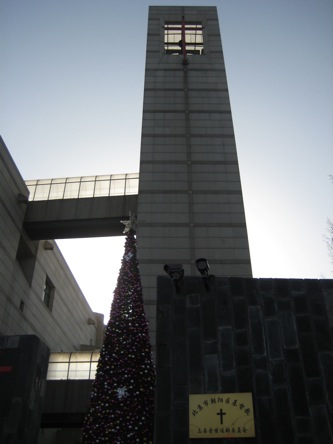
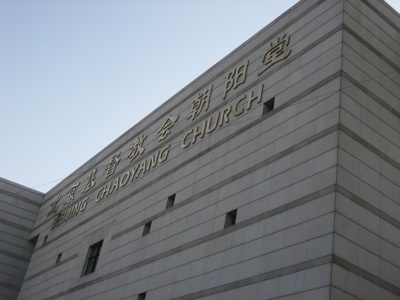
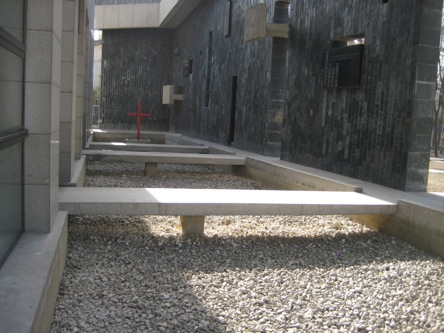
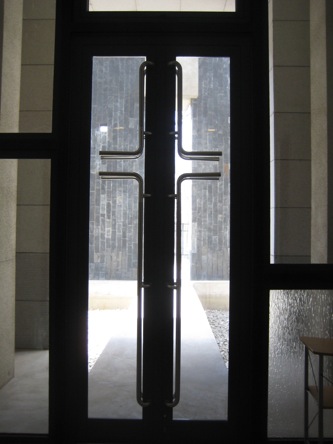
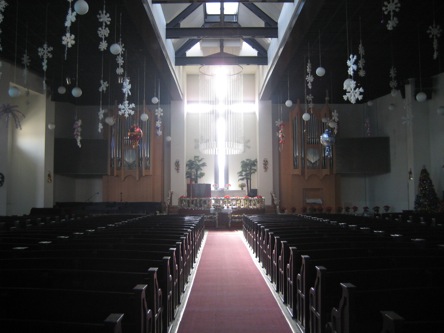
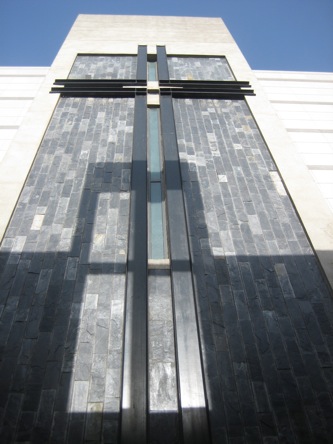
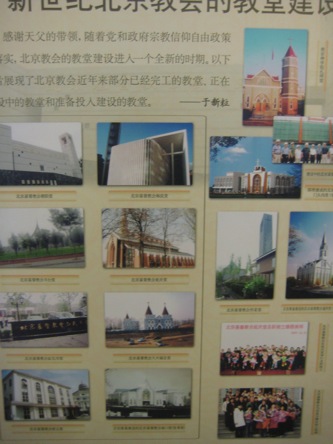
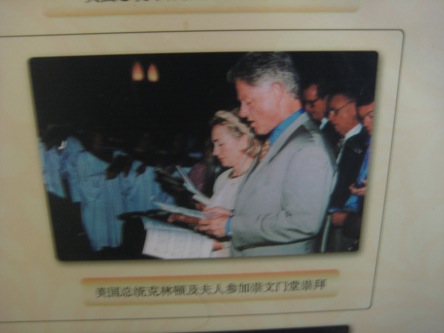
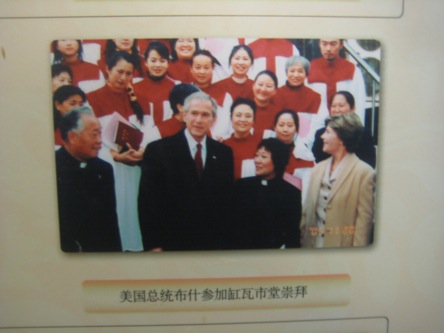
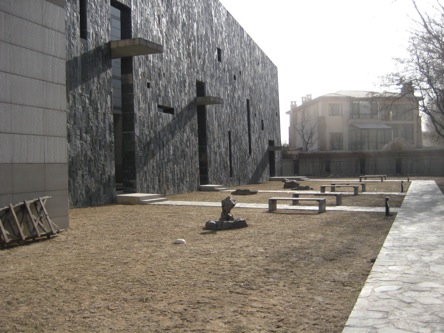
Recent Comments